The wonders of physics collide with the horrors of life as the universe’s toughest critter endures an experiment that could change everything.
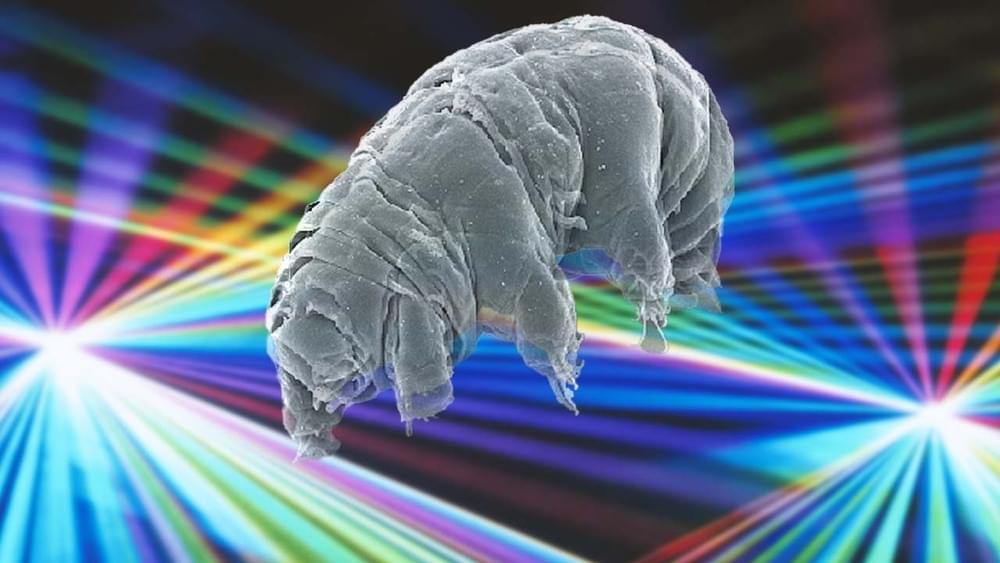

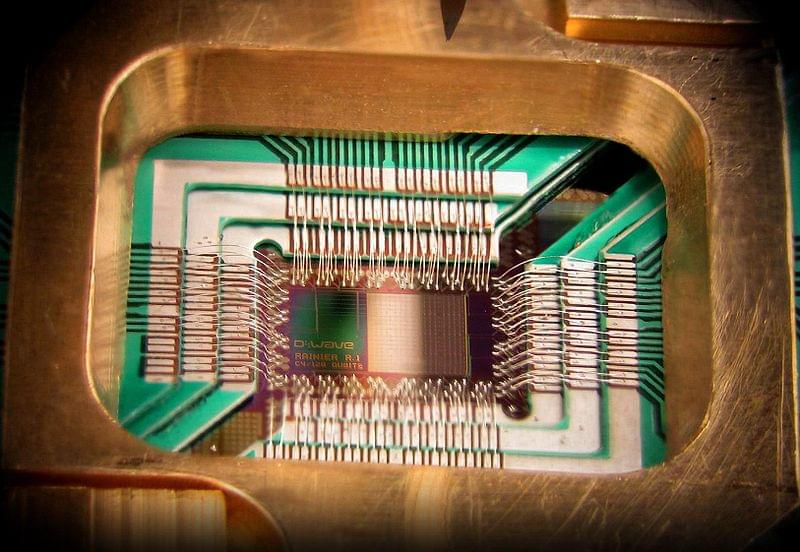
Recent advances in quantum computing show progress, but not enough to live up to years of hyperbole. An emerging view suggests the much-publicized quest for more quantum qubits and quantum supremacy may be overshadowed by a more sensible quest to make practical use of the qubits we have now.
The latter view holds particularly true at D-Wave Systems Inc., the Vancouver, B.C., Canada-based quantum computing pioneer that recently disclosed its roadmap for work on logic gate-model quantum computing systems.
D-Wave’s embrace of gates is notable. To date, the company focuses solely on quantum annealing processors. Using this probabilistic approach, it has achieved superconducting qubit processor counts that it claims outpaces most others. Its latest Advantage system boasts 5,000 qubits. That’s well ahead of the 127-qubit device IBM reported in November.
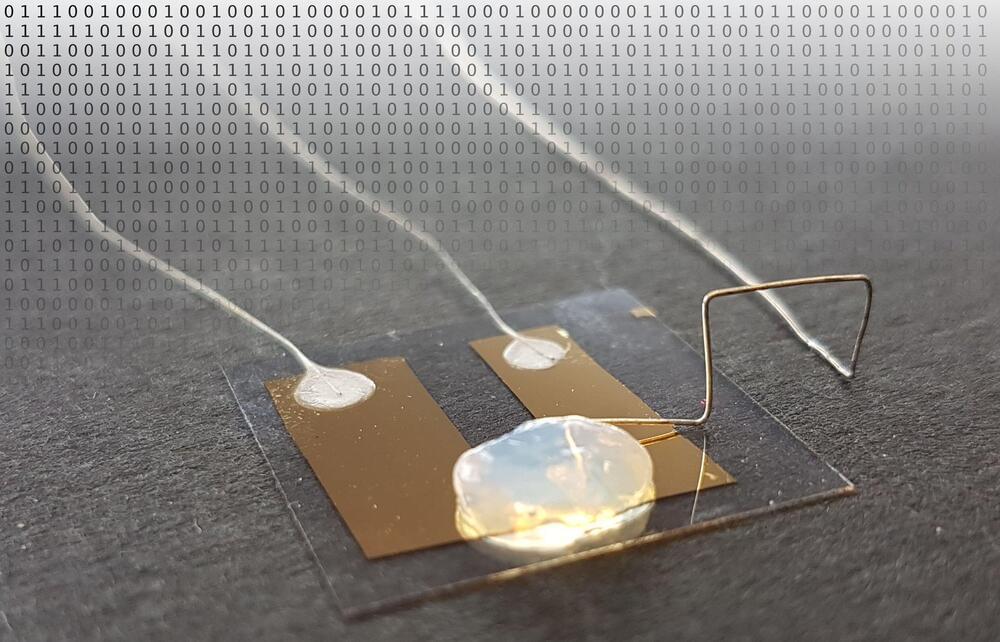
Circa 2018
Digitization results in a high energy consumption. In industrialized countries, information technology presently has a share of more than 10% in total power consumption. The transistor is the central element of digital data processing in computing centers, PCs, smartphones, or in embedded systems for many applications from the washing machine to the airplane. A commercially available low-cost USB memory stick already contains several billion transistors. In the future, the single-atom transistor developed by Professor Thomas Schimmel and his team at the Institute of Applied Physics (APH) of KIT might considerably enhance energy efficiency in information technology. “This quantum electronics element enables switching energies smaller than those of conventional silicon technologies by a factor of 10,000,” says physicist and nanotechnology expert Schimmel, who conducts research at the APH, the Institute of Nanotechnology (INT), and the Material Research Center for Energy Systems (MZE) of KIT. Earlier this year, Professor Schimmel, who is considered the pioneer of single-atom electronics, was appointed Co-Director of the Center for Single-Atom Electronics and Photonics established jointly by KIT and ETH Zurich.
In Advanced Materials, the KIT researchers present the transistor that reaches the limits of miniaturization. The scientists produced two minute metallic contacts. Between them, there is a gap as wide as a single metal atom. “By an electric control pulse, we position a single silver atom into this gap and close the circuit,” Professor Thomas Schimmel explains. “When the silver atom is removed again, the circuit is interrupted.” The world’s smallest transistor switches current through the controlled reversible movement of a single atom. Contrary to conventional quantum electronics components, the single-atom transistor does not only work at extremely low temperatures near absolute zero, i.e.-273°C, but already at room temperature. This is a big advantage for future applications.
The single-atom transistor is based on an entirely new technical approach. The transistor exclusively consists of metal, no semiconductors are used. This results in extremely low electric voltages and, hence, an extremely low energy consumption. So far, KIT’s single-atom transistor has applied a liquid electrolyte. Now, Thomas Schimmel and his team have designed a transistor that works in a solid electrolyte. The gel electrolyte produced by gelling an aqueous silver electrolyte with pyrogenic silicon dioxide combines the advantages of a solid with the electrochemical properties of a liquid. In this way, both safety and handling of the single-atom transistor are improved.
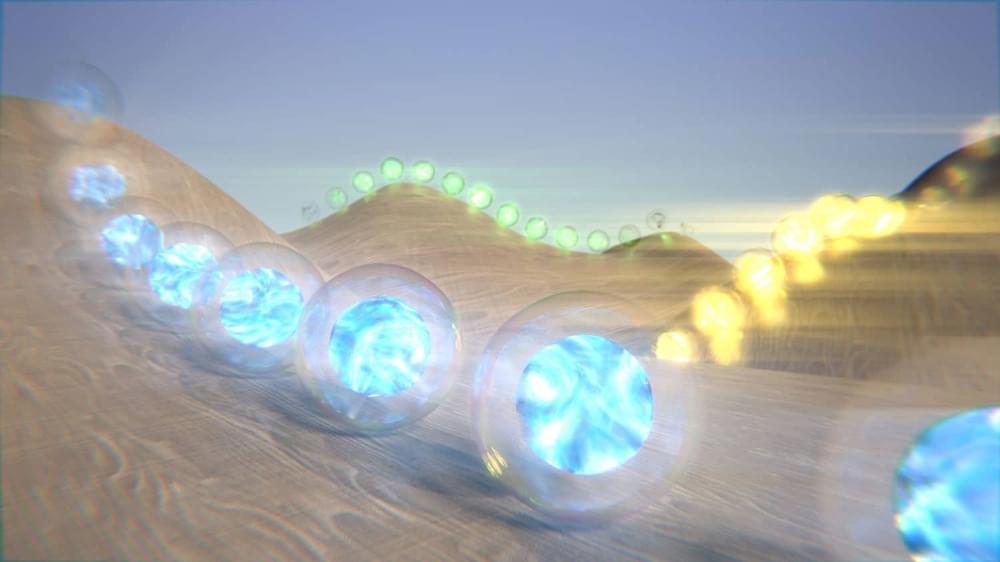
New Customers Exclusive – Get A Free 240gb SSD at Micro Center: https://micro.center/f73724
Check out the Micro Center x ASUS Custom PC Builder: https://micro.center/929cf7
Get your Crucial P5 Plus NVMe SSD today at:
https://crucial.gg/LinusTechTips.
It’s not a microbrewery, it’s the Nanosys manufacturing facility where quantum dots are made! James takes on a tour of the chemical reactors and cool color science that are creating industry leading HDR experiences on our TVs and monitors.
Buy Samsung 32″ Odyssey G7 Curved Gaming Monitor.
On Amazon: https://geni.us/wZGJ2b.
On Best Buy: https://geni.us/BasHQ
On Newegg: https://geni.us/pB6v.
Purchases made through some store links may provide some compensation to Linus Media Group.
Discuss on the forum: https://linustechtips.com/topic/1396266-this-boiling-liquid-…lity-tour/

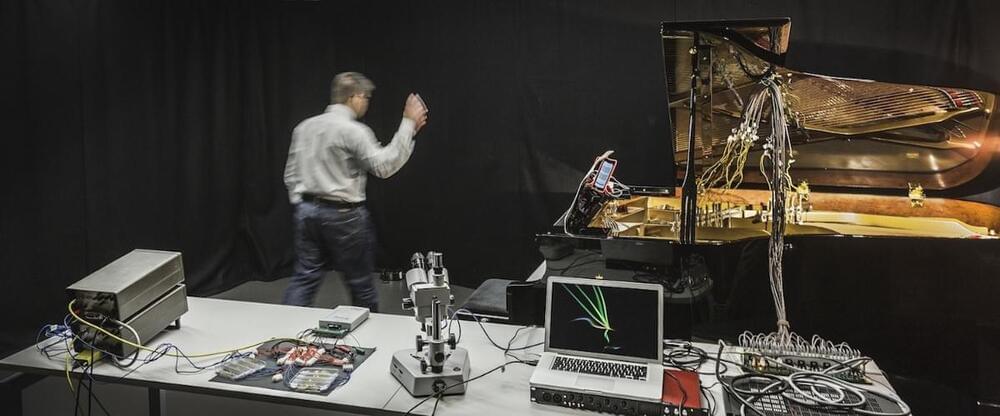
By Sieglinde Pfaendler, Omar Costa Hamido, Eduardo Reck Miranda
Science and the arts have increasingly inspired each other. In the 20th century, this has led to new innovations in music composition, new musical instruments, and changes to the way that the music industry does business to day. In turn, art has helped scientists think in new ways, and make advances of their own.
An emerging community leveraging quantum computing in music and the music industry has inspired us to organize the “1st International Symposium on Quantum Computing and Musical Creativity.” This symposium will bring together pioneering individuals from academia, industry, and music. They will present research, new works, share ideas, and learn new tools for incorporating quantum computation into music and the music industry. This symposium was made possible through the funding of the QuTune Project kindly provided by the United Kingdom National Quantum Technologies Programme’s Quantum Computing and Simulation Hub (QCS Hub).
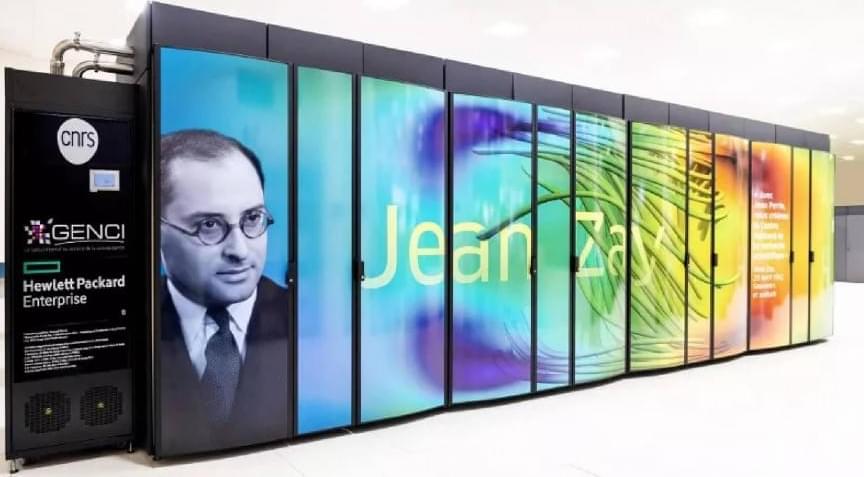
France’s Jean Zay supercomputer, one of the most powerful computers in the world and part of the Top500, is now the first HPC to have a photonic coprocessor meaning it transmits and processes information using light. The development represents a first for the industry.
The breakthrough was made during a pilot program that saw LightOn collaborate with GENCI and IDRIS. Igor Carron, LightOn’s CEO and co-founder said in a press release: “This pilot program integrating a new computing technology within one of the world’s Supercomputers would not have been possible without the particular commitment of visionary agencies such as GENCI and IDRIS/CNRS. Together with the emergence of Quantum Computing, this world premiere strengthens our view that the next step after exascale supercomputing will be about hybrid computing.”
The technology will now be offered to select users of the Jean Zay research community over the next few months who will use the device to undertake research on machine learning foundations, differential privacy, satellite imaging analysis, and natural language processing (NLP) tasks. LightOn’s technology has already been successfully used by a community of researchers since 2018.
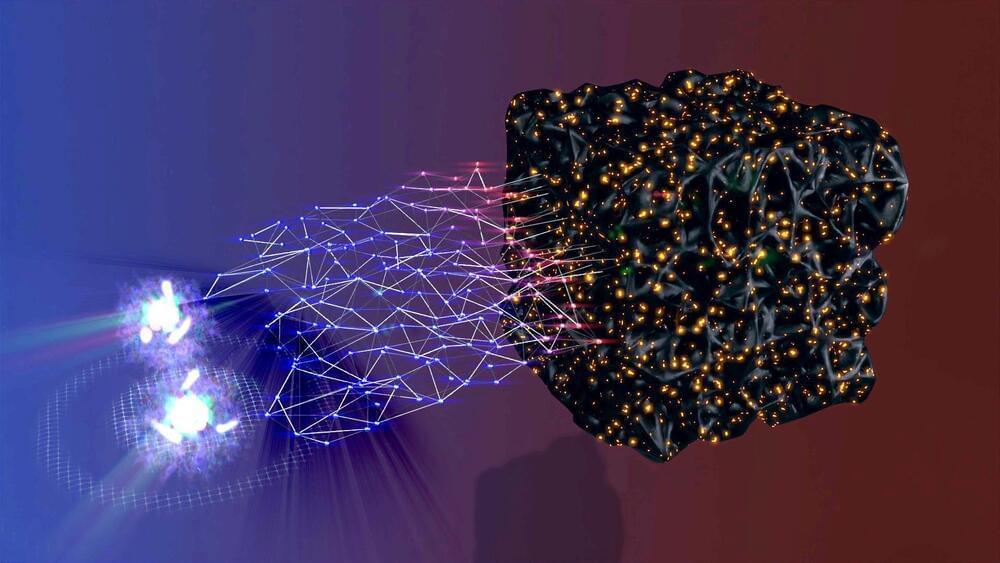
Method combines quantum mechanics with machine learning to accurately predict oxide reactions at high temperatures when no experimental data is available; could be used to design clean carbon-neutral processes for steel production and metal recycling.
Extracting metals from oxides at high temperatures is essential not only for producing metals such as steel but also for recycling. Because current extraction processes are very carbon-intensive, emitting large quantities of greenhouse gases, researchers have been exploring new approaches to developing “greener” processes. This work has been especially challenging to do in the lab because it requires costly reactors. Building and running computer simulations would be an alternative, but currently there is no computational method that can accurately predict oxide reactions at high temperatures when no experimental data is available.
A Columbia Engineering team reports that they have developed a new computation technique that, through combining quantum mechanics and machine learning, can accurately predict the reduction temperature of metal oxides to their base metals. Their approach is computationally as efficient as conventional calculations at zero temperature and, in their tests, more accurate than computationally demanding simulations of temperature effects using quantum chemistry methods. The study, led by Alexander Urban, assistant professor of chemical engineering, was published on December 1, 2021 by Nature Communications.
A team of theoretical physicists at Griffiths University in Australia are investigating a radical quantum theory of time which posits that there is a asymmetry between time and space.
To explain why time points from the past to the future, scientists have proposed that under the second law of thermodynamics, time itself moves towards increased entropy, a measurement of disorder in a system.
But the new Australian hypothesis, first proposed by Australian physicist Joan Vaccaro in 2016, suggests instead that this increased entropy isn’t the root cause of the direction the “arrow of time” moves — it’s just a symptom of the flow of time.